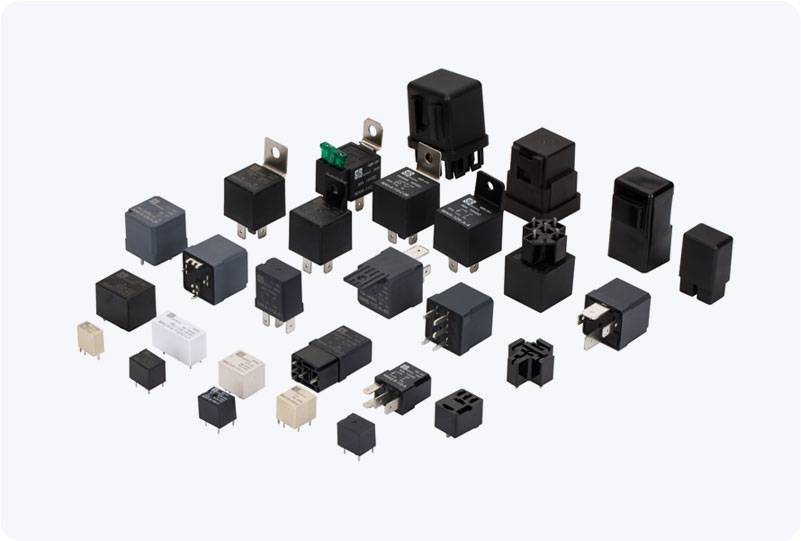Electrical relays are essential components in various industrial and automotive applications, used to control circuits by opening or closing contacts based on control signals. However, one of the most common and problematic issues that arise in the operation of power relays is contact welding. Contact welding can lead to reduced performance, failure, and even complete relay malfunction. The problem occurs when relay contacts stick together due to excessive heat or electrical arcing, often caused by high current or voltage spikes. This article explores the causes of power relay contact welding and provides solutions to mitigate the issue.

Understanding Power Relay Contact Welding Contact welding in power relays occurs when the relay contacts become fused or stuck due to high temperatures generated by excessive current or arcing during switching. When a relay is engaged, current flows through the contacts, and if the current exceeds the relay’s designed capacity, it can cause the contacts to heat up. If the temperature rises too quickly or too much, the contact materials can melt or bond together, preventing the relay from opening or closing properly. This issue is particularly concerning in power relays that operate in high-load applications, such as electrical circuits in industrial machinery, automotive systems, and power distribution networks. If left unresolved, contact welding can result in equipment failure, power outages, or even damage to the relay’s associated components.